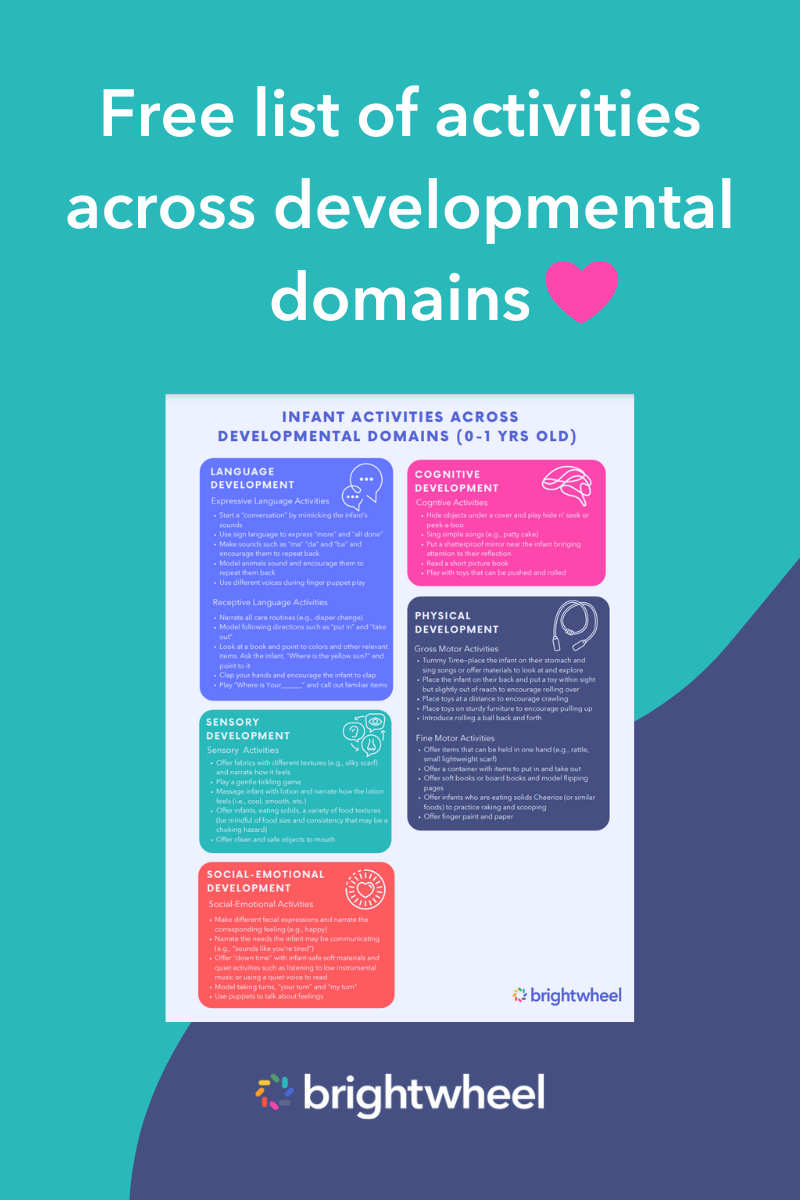
Phonemic awareness is a crucial component of early literacy development that lays the groundwork for strong reading and writing skills. It involves recognizing and manipulating individual sounds, or phonemes, in spoken words. By explicitly teaching phonemic awareness, educators can empower children to become proficient readers and writers.
In this article, we will explore the importance of phonemic awareness in early childhood education, its impact on overall literacy skills, and effective strategies that families and educators can use to foster this essential skill.
What is the difference between phonemic awareness and phonological awareness?
Phonological awareness and phonemic awareness are closely linked. Phonological awareness is the ability to hear and recognize sounds in a spoken language and manipulate them to form words. Phonemic awareness is a more complex phonological awareness skill and refers to the ability to identify and recognize individual sounds, known as phonemes.
Let’s look more closely at how phonemic awareness and phonological awareness compare.
Phonological awareness
Phonological awareness is the ability to identify and produce the phonemes (sound units) of spoken language. It can be thought of as the first step in processing speech sounds. Phonological awareness skills are necessary for both ordinary conversation and decoding tasks. Studies show that children who achieve high levels of phonological awareness often experience less difficulty with other aspects of reading, including fluency and comprehension.
Phonological awareness is a broad term for sound recognition. It involves identifying and manipulating different sounds such as syllables, onset, rhyme, and phonemes.
- A syllable is a speech unit consisting of one vowel sound and one consonant sound. For example, the syllable "ba" consists of the vowel sound "a" and the consonant sound "b." Syllables are important for understanding spoken language because they help divide words into units we can recognize.
- An onset is the first sound in a word (e.g., /c/ in cat).
- A rhyme consists of letters that follow an onset (e.g., at in cat). It’s often made up of a vowel and a consonant.
- A phoneme is the smallest possible sound unit in a word.
Phonological awareness sound manipulation skills involve recognizing words in a sentence and manipulating their sounds. You do this by playing with the word's syllables, onset, rhyme, and phonemes. Here are some examples:
- Blending sounds or putting sounds together (e.g, /b/ /a/ /t/ to make the word bat)
- Segmenting sounds or separating sounds (e.g., the word bat with separate sounds of /b/ /a/ /t/)
- Adding sounds (e.g., adding /s/ to the end of bat to form bats)
- Deleting sounds (e.g., deleting the /b/ in bat to form at )
- Substituting sounds (e.g., substituting the sound /b/ with /p/ to read the word as pat)
Phonemic awareness
Phonemic awareness is the ability to distinguish between individual phonemes, or sound units, and manipulate them. The English language has 44 phonemes derived from 26 letters. Since sounds cannot be written, we use words, or graphemes, to represent the sounds.
Below is an example of the sounds in the words cat and back:
- cat >> /c/, /a/, and /t/
- back >> /b/, /a/, and /ck/
In the word cat, the individual sounds are represented by the letters “c”, “a”, and “t”. In the word back, the sounds are represented by the letters “b”, “a”, and “ck”. The sounds qualify as phonemes, since you can’t spit them any further. For example, even though the sound /ck/ has two letters, you can’t break it down to more than one sound.
Children typically acquire and develop phonemic awareness skills in the following ways:
- Recognizing words in a set of words that begin with the same sound
- Identifying the first sound or last sound in a word
- Combining or blending separate sounds in a word to say the word
- Identifying individual sounds in a word
Learning and acquiring phonemic skills takes practice. Although all children develop at their own pace, children with strong phonological and phonemic awareness skills are ready to become readers.
Why is phonemic awareness important?
Phonemic awareness is essential for all children, since it indicates developed reading success. Let’s look at why phonemic awareness is important.
Helps develop word recognition and decoding abilities
Children need many skills to develop and master word recognition and decoding skills, and being able to identify units of sound in a language helps with future word recognition.
Supports speech and language development
Phonemic awareness supports speech development by teaching children the different sounds made by English letters. This helps children develop their vocabulary, pronunciation, and grammar skills.
Strengthens reading and spelling skills
Phonemic awareness helps children apply the alphabetic principle, or letter-sound knowledge, to correctly pronounce written words and sound out words they aren’t familiar with. These skills also strengthen a child’s ability to spell words by using the sounds they hear as they write.
Promotes comprehension skills
A strong understanding of the sounds of a language lays the foundation for children to be able to connect their knowledge of print and sounds with their knowledge of language to understand the meaning of words.
How to teach phonemic awareness
Children acquire phonemic awareness skills naturally while growing and developing. But this doesn’t mean that teachers and parents can’t help them acquire these skills more quickly. There are plenty of simple teaching strategies that you can use to help children develop their phonemic awareness and become strong readers.
Incorporate phonics in your teachings
Phonics instruction is a great way to help children learn about sound-letter correspondence and how sounds work together to make words. When teaching phonemic awareness, incorporating phonics into your instruction can help children understand the sounds of letters and how these sounds are used in words.
Some ideas for integrating phonics into your phonemic awareness instruction include:
- Using activities that focus on one letter at a time (e.g., learning all 26 letters of the alphabet with storytime activities)
- Displaying pictures that have been highlighted to show the different sounds of corresponding letters
- Offering word games and puzzles that require children to identify the letter sound for each word
Teach phoneme-level skills like deleting and segmenting
Phoneme-level skills involve substituting, segmenting, deleting, blending, and adding phonemes so that they can make meaningful words. As children begin to understand the sounds of individual letters, they will learn how these sounds combine to create words.
Some ideas for teaching phoneme-level skills include:
- Introducing letter blends by having children practice saying each letter in isolation
- Helping children understand how to break down word combinations into their component sounds
Begin teaching phonemes as early as possible
Phonemic instruction can begin as early as preschool. Starting phonemic instruction early gives children a solid foundation to build on when learning about vowels and consonants later on.
Some ideas for starting phonemic instruction at an early age include:
- Introducing sounds using rhymes and songs
- Using tools like flashcards or books highlighting specific vowel or consonant sounds
Focus on one or two concepts at a time
It's vital to focus on teaching only one or two phoneme-level tasks in each lesson so that children have a gradual introduction to these skills. This way, they avoid feeling overwhelmed and will be more likely to retain the information.
Teach in small groups
Small group instruction is a great way to provide individualized attention and reinforcement for children. This teaching method also encourages participation, which can be difficult for some children to achieve on their own.
Some ideas for using small groups to teach phonemic awareness include:
- Having children work in pairs or groups to practice phonemic tasks
- Encouraging children to share what they've learned with the class after completing each task
Support child development and enhance program quality with brightwheel's Experience Curriculum. Pair digital lessons that are aligned to all 50 states' early learning standards and NAEYC with hands-on learning materials mailed to you. The easy-to-implement curriculum system incorporates 35 research-based skills into playful games and discovery projects and has daily embedded assessments to monitor each child's growth.
Phonemic awareness activities
You can incorporate general literacy-focused activities alongside specific phonemic awareness activities to help children learn this critical skill and encourage other reading, writing, and language skills.
Listening game
In this game, children are challenged to listen and identify sounds, which can help build a foundation for future language games. First, have children cover their eyes with their hands while you make a familiar noise such as closing the door, crumpling up a piece of paper, snapping your fingers, or ringing a bell. Then, have children try to identify the noise without peeking.
Once they have caught on to the game, make a series of sounds and have the children identify each in the correct order. This will also help foster memory skills and expressive language skills as children work to recall and describe each one of a sequence of sounds.
Sound matching
This activity will help children learn to identify beginning sounds in a variety of words. Spread several pictures or flashcards in the center of a circle and ask children to identify the pictures that start with the initial sound you are teaching. For example, with the sound /f/, children can identify pictures of a fish, frog, and flower. As they identify the pictures, have children say the name and initial phoneme (e.g., f-f-f-ish, /f/, fish).
Clapping words
This activity helps children develop an understanding of syllables. You can start by pronouncing your own name and clapping out the syllables for the class. Then ask children to follow along and clap out the syllables for their own names. You can introduce other words or rhymes to continue the activity.
Rhyming word pairs
This is a simple activity where you can present children with word pairs and ask them if the two words sound the same or sound different. Have children give a “thumbs up” if the words rhyme and a “thumbs down” if they don’t. Simple word pairs like bead/seed, cat/bat, and bed/car, can reinforce the concept of rhymed words.
Mystery bag
In this game, put a mystery object in a bag, such as a book. Instead of describing the mystery object to the children, say the word syllable-by-syllable or sound-by-sound and have the children guess the correct word. Once the correct word is said, bring the object out of the bag.
Final thoughts
Nurturing the development of phonemic awareness is a foundational step towards building strong literacy skills. By equipping children with the ability to recognize and manipulate individual sounds in spoken words, we empower them with the tools they need to become proficient readers and writers. Through engaging activities and targeted instruction, educators and families can create an environment that fosters phonemic awareness and sets children up for success in their literacy journey.
Brightwheel is the complete solution for early education providers, enabling you to streamline your center’s operations and build a stand-out reputation. Brightwheel connects the most critical aspects of running your center—including sign in and out, parent communications, tuition billing, and licensing and compliance—in one easy-to-use tool, along with providing best-in-class customer support and coaching. Brightwheel is trusted by thousands of early education centers and millions of parents. Learn more at mybrightwheel.com.

